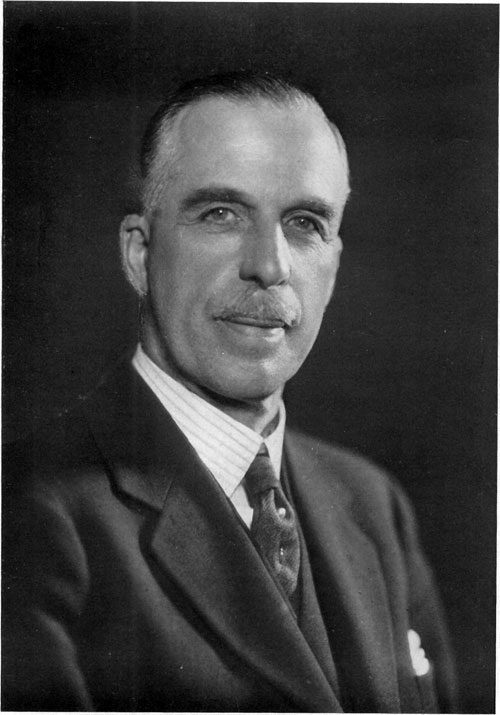1871 - 1937
 John William Thomson-Walker was born in Newport, Fife. He was educated at the Edinburgh Institution and the University of Edinburgh, graduating MB ChB in 1894 before going to Vienna for postgraduate study.
John William Thomson-Walker was born in Newport, Fife. He was educated at the Edinburgh Institution and the University of Edinburgh, graduating MB ChB in 1894 before going to Vienna for postgraduate study.
He worked with Edwin Hurry Fenwick at St Peter’s and thus became an early proponent of the cystoscope. Also a pupil of Sir Peter Freyer, he became an expert in open prostatectomy equalling Freyer’s survival rate with fewer complications. He was the first urologist to perform retrograde studies using silver collargal; in 1926 he was Silvanus Thompson lecturer before the Rontgen Society.
As well as working at St Peter's and the Hampstead General Hospital, Thomson-Walker founded the urology department at Kings College Hospital in London in 1919. He was a furiously hard worker and careful clinician, the Ward Sisters complained of his long visits and their inability to prevent him constantly examining their patients. Interestingly, Clifford Morson, the writer of his obituary, describes him as a meticulous but “by no means brilliant” operator. The result of his hard work was his 1914 textbook, Surgical Diseases and Injuries of the Genito-Urinary Organs.
During the First World War he came to appreciate the significant mortality from infection when “spinal” bladders were treated by catheterisation. Working at The Star and Garter military hospital he taught the importance of draining the bladder by suprapubic cystotomy lecturing the Medical Officers going off to the front. When this was carried out it led to a fall in mortality from 80 to 20 per cent.
In 1907, he was appointed a Hunterian Professor of the Royal College of Surgeons, and was knighted in 1922 (at that point he decided to hyphenate his surname), the same year he became President of the urology section.
It was Thomson-Walker who was the driving force behind the formation of the urology section. His presidential address was on calcified abdominal lymph nodes in urology patients. This reflected his interest in early radiology, the calcified nodes being easily confused with stones. His boss, Hurry Fenwick of course was a pioneer of the use of X-rays in urology.
When the International Society of Urology (now the SIU) held the 1931 meeting in London, Sir John Thomson-Walker was the Congress President.
At the 1932 June meeting of the section, while Ralph Thompson was president, Sir John gave a lecture looking back over his career. He focussed on three major advances, cystoscopy, X-rays and tests for renal function. He had of course seen and been actively involved in these advances at first hand. These had led to the virtual disappearance of exploratory surgery, for example cystotomy to look for or feel for bladder tumours or open exploration of the kidneys looking for stones. As a young doctor, Thomson-Walker had tried and failed to 'sell' the new cystoscopy to his boss Sir Henry Morris at the Middlesex.
From the mid 1930’s his health worsened and he died suddenly, at Aviemore, Inverness-shire, Scotland, of a heart attack on 5 April 1937.